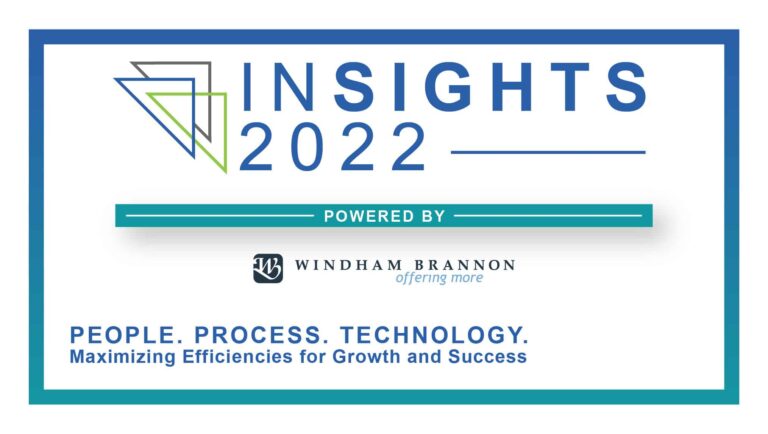The risk of fraud is inevitable for companies of all shapes and sizes, but the pressures of current inflationary times mean the need for preventive oversight is at an all-time high. Resident fraud expert Natalie provides insight into the internal and external threats of fraud as well as best practices to protect your organization.
Elements of Fraud
Criminologist Donald Cressey developed the Fraud Triangle in the 1950s, wherein the three main elements of fraud were perceived pressure, perceived opportunity and rationalization.

As it relates to current inflationary times, the fraud diamond can help us understand what would prompt the ethical risk of fraud:
- Increased financial pressure, i.e., employees with personal financial hardships, such as increased home expenses
- Increased opportunity through remote work, i.e., less oversight or reduced controls with employees not in the office
- Increased ability to rationalize fraud, i.e., compensation has not kept up with increased costs so the employee feels justified.
Recently, the fraud triangle has received another element, thereby creating what is known as the fraud diamond. The new element is the capability to execute any intentions of fraud.

Internal Threats of Fraud
- Loosening Internal Controls – Recent causes include high employee turnover (in part caused by the Great Resignation) and a remote workforce. If internal controls are not being monitored and re-evaluated with new staff, this could pose a risk of fraud. As your company is facing turnover and are constantly on the search for new employees, be sure you continue to do your due diligence on these candidates, which means you should perform background checks and pay attention to any red flags.
- Employee Dishonesty / Fraud – Are you confident that your employees will not steal from you if facing financial hardships? If employers are not increasing salaries to match the cost of living increases, this may lead to increased financial pressure for employees and the ability to rationalize fraud or theft. Common red flags include employees who are living beyond their means, experiencing financial difficulties, bullying or intimidation, control issues at work, and any unusually close relationships with vendors or customers.
- Financial Statement Fraud – While asset misappropriation schemes are the most common type of fraud, financial statement fraud schemes are the most costly and longest median duration before being detected. This may be due to the C-suite feeling pressure to make the financial statements reflect certain targets.
External Threats of Fraud
- Vendor Fraud – Remember to always perform due diligence on any new vendors – if it sounds too good to be true, it probably is.
- Cyber Fraud – Examples include phishing, vishing, smishing, data breaches, identity theft and ransomware. Make sure you are doing what you can to educate your staff on these types of cyber fraud and how they can occur. Education is one of the best tools to prevent your organization from falling victim to these frauds.
Best Practices and Tips
A great strategy against fraud is to strengthen internal controls and implement anti-fraud controls.
- Segregation of Duties – Divide duties among your staff and reduce the risk of error or inappropriate actions.
- Tone at the Top – Lead by example with a unified approach with both the Board and Management.
- Fraud Hotline – Fraud losses were two times higher at organizations without a hotline, according to ACFE’s 2022 Report of the Nations.
- Fraud / Cyber Risk Assessments – Formal assessments ca help you identify risks before they become real threats and reduce occupational fraud loss by 45 percent.
- Fraud Training for All Employees – Fraud, IT and cyber training should be ongoing for all employees.
- Anti-Fraud Policy – As with other company policies, the anti-fraud policy should be distributed and accepted by all employees.
Other best practices include regular job rotation, mandatory vacations for employees, management reviews and having a competent independent audit committee.


